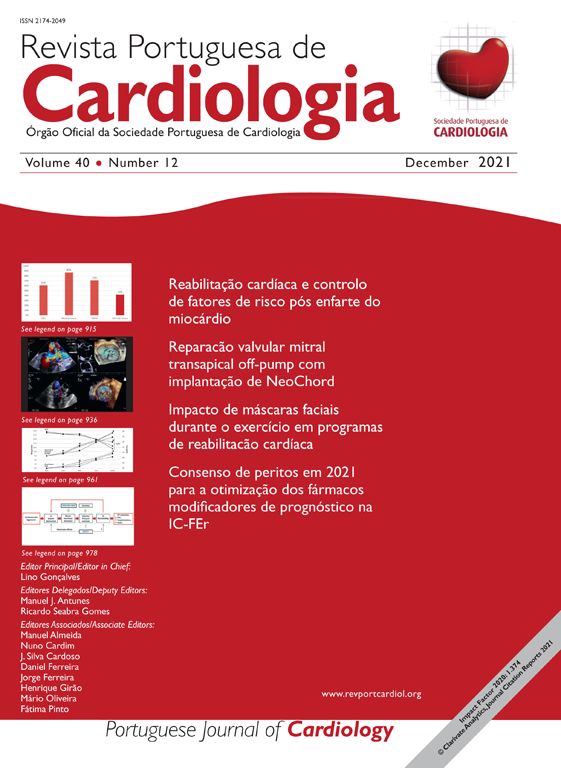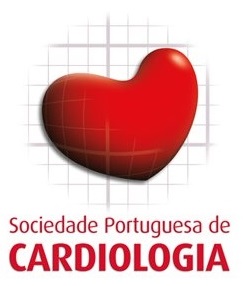was read the article
| Year/Month | Html | Total | |
|---|---|---|---|
| 2025 12 | 282 | 22 | 304 |
| 2025 11 | 764 | 81 | 845 |
| 2025 10 | 437 | 45 | 482 |
| 2025 9 | 499 | 47 | 546 |
| 2025 8 | 317 | 62 | 379 |
| 2025 7 | 294 | 39 | 333 |
| 2025 6 | 172 | 31 | 203 |
| 2025 5 | 148 | 24 | 172 |
| 2025 4 | 98 | 35 | 133 |
| 2025 3 | 63 | 24 | 87 |
| 2025 2 | 45 | 28 | 73 |
| 2025 1 | 41 | 29 | 70 |
| 2024 12 | 35 | 20 | 55 |
| 2024 11 | 55 | 34 | 89 |
| 2024 10 | 40 | 38 | 78 |
| 2024 9 | 46 | 27 | 73 |
| 2024 8 | 46 | 26 | 72 |
| 2024 7 | 31 | 27 | 58 |
| 2024 6 | 44 | 23 | 67 |
| 2024 5 | 41 | 28 | 69 |
| 2024 4 | 32 | 26 | 58 |
| 2024 3 | 41 | 26 | 67 |
| 2024 2 | 28 | 34 | 62 |
| 2024 1 | 24 | 27 | 51 |
| 2023 12 | 24 | 22 | 46 |
| 2023 11 | 32 | 17 | 49 |
| 2023 10 | 21 | 18 | 39 |
| 2023 9 | 17 | 15 | 32 |
| 2023 8 | 16 | 18 | 34 |
| 2023 7 | 23 | 14 | 37 |
| 2023 6 | 23 | 5 | 28 |
| 2023 5 | 29 | 19 | 48 |
| 2023 4 | 17 | 7 | 24 |
| 2023 3 | 23 | 15 | 38 |
| 2023 2 | 26 | 21 | 47 |
| 2023 1 | 22 | 7 | 29 |
| 2022 12 | 24 | 20 | 44 |
| 2022 11 | 29 | 19 | 48 |
| 2022 10 | 33 | 16 | 49 |
| 2022 9 | 55 | 26 | 81 |
| 2022 8 | 46 | 29 | 75 |
| 2022 7 | 45 | 29 | 74 |
| 2022 6 | 19 | 19 | 38 |
| 2022 5 | 15 | 30 | 45 |
| 2022 4 | 35 | 24 | 59 |
| 2022 3 | 33 | 28 | 61 |
| 2022 2 | 26 | 33 | 59 |
| 2022 1 | 29 | 26 | 55 |
| 2021 12 | 18 | 26 | 44 |
| 2021 11 | 33 | 39 | 72 |
| 2021 10 | 35 | 33 | 68 |
| 2021 9 | 28 | 34 | 62 |
| 2021 8 | 33 | 30 | 63 |
| 2021 7 | 25 | 16 | 41 |
| 2021 6 | 36 | 21 | 57 |
| 2021 5 | 37 | 40 | 77 |
| 2021 4 | 44 | 39 | 83 |
| 2021 3 | 42 | 17 | 59 |
| 2021 2 | 54 | 27 | 81 |
| 2021 1 | 31 | 22 | 53 |
| 2020 12 | 51 | 20 | 71 |
| 2020 11 | 42 | 17 | 59 |
| 2020 10 | 25 | 19 | 44 |
| 2020 9 | 58 | 13 | 71 |
| 2020 8 | 29 | 7 | 36 |
| 2020 7 | 50 | 16 | 66 |
| 2020 6 | 38 | 8 | 46 |
| 2020 5 | 37 | 16 | 53 |
| 2020 4 | 22 | 9 | 31 |
| 2020 3 | 31 | 9 | 40 |
| 2020 2 | 34 | 22 | 56 |
| 2020 1 | 37 | 5 | 42 |
| 2019 12 | 35 | 4 | 39 |
| 2019 11 | 22 | 10 | 32 |
| 2019 10 | 34 | 3 | 37 |
| 2019 9 | 21 | 7 | 28 |
| 2019 8 | 20 | 8 | 28 |
| 2019 7 | 22 | 6 | 28 |
| 2019 6 | 23 | 9 | 32 |
| 2019 5 | 23 | 6 | 29 |
| 2019 4 | 34 | 21 | 55 |
| 2019 3 | 26 | 8 | 34 |
| 2019 2 | 28 | 7 | 35 |
| 2019 1 | 31 | 8 | 39 |
| 2018 12 | 39 | 11 | 50 |
| 2018 11 | 162 | 13 | 175 |
| 2018 10 | 511 | 17 | 528 |
| 2018 9 | 111 | 17 | 128 |
| 2018 8 | 73 | 17 | 90 |
| 2018 7 | 18 | 8 | 26 |
| 2018 6 | 36 | 8 | 44 |
| 2018 5 | 39 | 16 | 55 |
| 2018 4 | 37 | 4 | 41 |
| 2018 3 | 34 | 10 | 44 |
| 2018 2 | 13 | 2 | 15 |
| 2018 1 | 25 | 10 | 35 |
| 2017 12 | 38 | 3 | 41 |
| 2017 11 | 28 | 13 | 41 |
| 2017 10 | 33 | 13 | 46 |
| 2017 9 | 43 | 10 | 53 |
| 2017 8 | 45 | 9 | 54 |
| 2017 7 | 34 | 20 | 54 |
| 2017 6 | 29 | 31 | 60 |
| 2017 5 | 45 | 18 | 63 |
| 2017 4 | 16 | 31 | 47 |
| 2017 3 | 27 | 33 | 60 |
| 2017 2 | 30 | 3 | 33 |
| 2017 1 | 19 | 2 | 21 |
| 2016 12 | 32 | 5 | 37 |
| 2016 11 | 25 | 5 | 30 |
| 2016 10 | 10 | 4 | 14 |
| 2016 9 | 25 | 11 | 36 |
| 2016 8 | 21 | 1 | 22 |
| 2016 7 | 3 | 1 | 4 |





